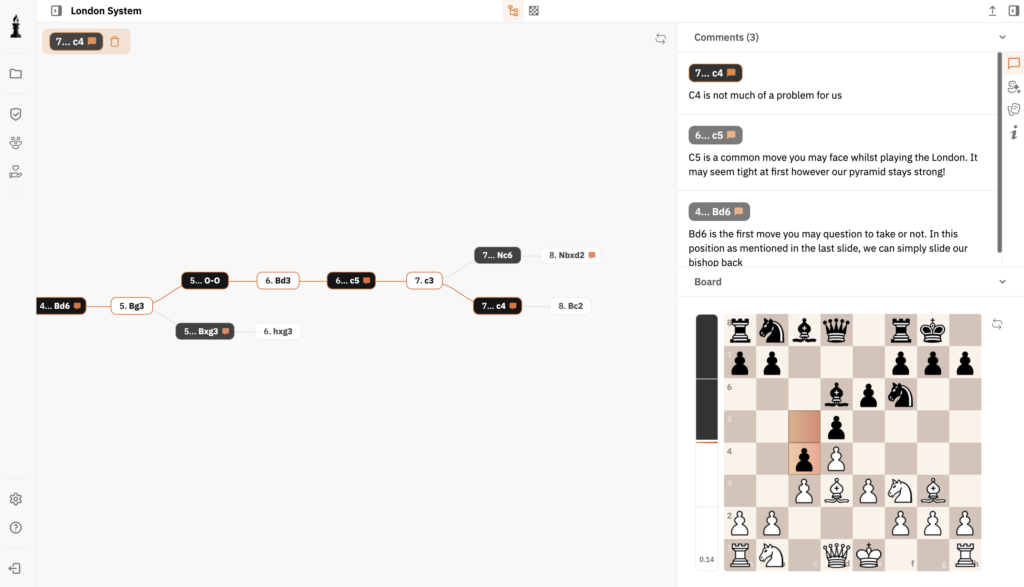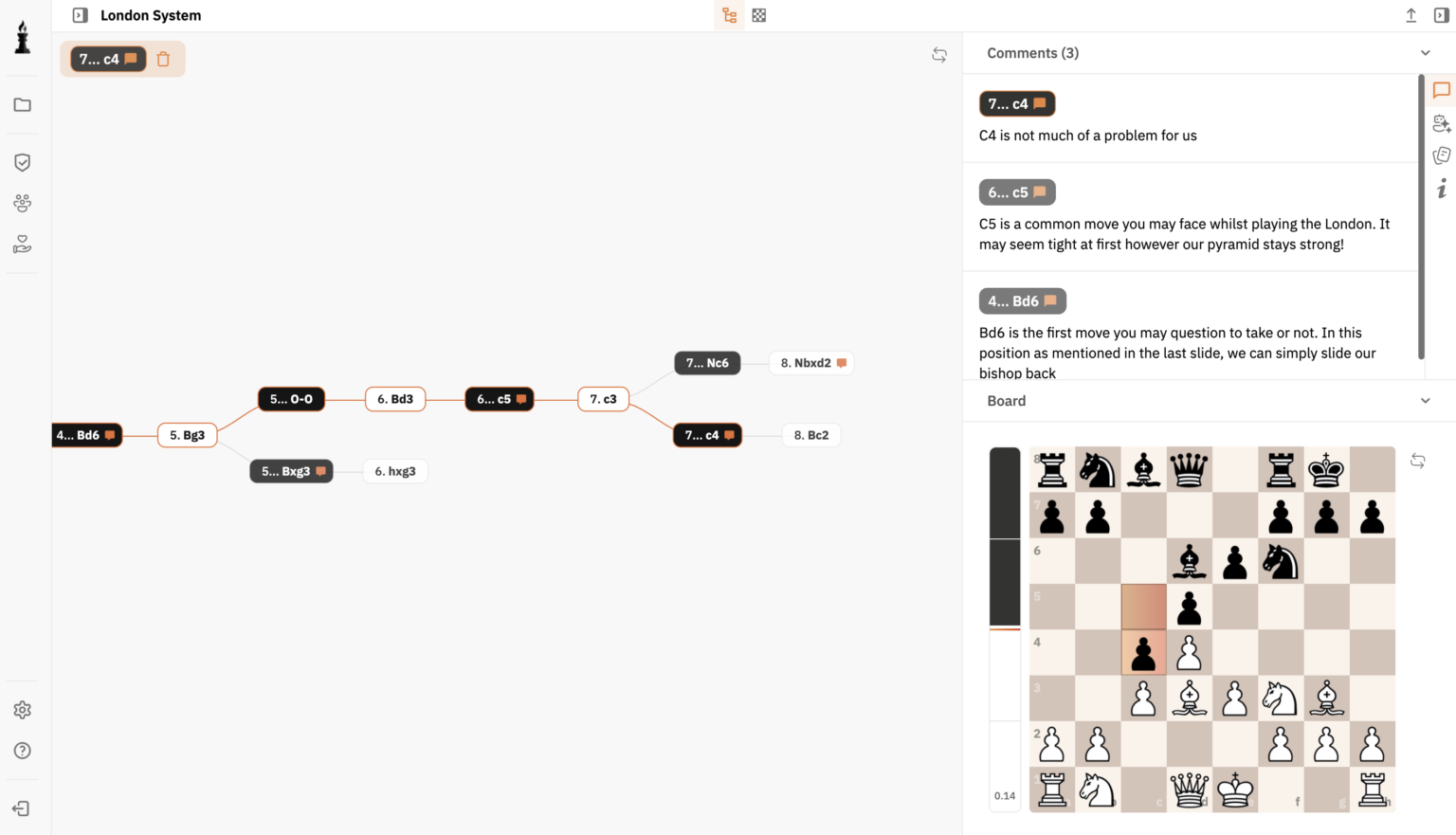Understanding Chess Notation Systems
Chess, a game adorned with complexity and elegance, owes much of its strategic depth to the systems developed for recording and analyzing games. Chess notation is a pivotal tool for players of all levels, enabling accurate recording of moves, facilitating learning, and aiding in game analysis. Whether reviewing grandmaster games or analyzing one’s play, knowing how to interpret and use these systems is essential.
Historical Development of Chess Notation
Chess notation has evolved significantly over centuries. The earliest forms of notation were rather informal and lacked consistency, primarily relying on descriptive labels. The widespread use of algebraic notation marked a turning point, standardizing how games are recorded.
Types of Notation
Algebraic Notation
Algebraic notation is favored worldwide for its clarity and brevity. It denotes chess moves succinctly using the first letter of the piece moved, followed by the destination square. For example, ‘Nf3’ indicates a knight move to f3. Castling is denoted as ‘O-O’ for kingside and ‘O-O-O’ for queenside. Capture moves add an ‘x’, as in ‘Bxf6’.
Forsyth-Edwards Notation (FEN)
A unique system, Forsyth-Edwards Notation, is used to describe specific board positions. FEN provides information about the placement of pieces, the active player, castling rights, and more. It is an invaluable tool for setting up chess problems and analyzing complex positions.
Portable Game Notation (PGN)
Portable Game Notation is another indispensable format, especially suited for digital chessware. PGN records entire games comprehensively, including metadata like players’ names and game dates. PGN files can easily be imported into platforms like Chess PGN Editor for deeper analysis.
Advanced Concepts in Chess Notation
Chess notation isn’t just about recording moves; it’s an analytical tool. Concepts such as the Threefold Repetition and the effect of tempo can change how one interprets a game. Understanding these nuances can aid players seeking strategic improvement.
The Role of Online Tools
Modern tools like the Online Chess Database significantly enhance learning by providing access to vast archives of games. Players can import/export PGN files and conduct thorough examinations using the Chess Games Analysis feature.
Exploring Variants in Notation
Chess variants sometimes necessitate nuanced changes in notation. For example, in games with more than one board or alternative chess pieces, adapted notations are used to convey the expanded possibilities and complexity of such games.
Applying Notation in Learning and Teaching
For trainers, a robust understanding of notation is essential. It provides a universal language for teaching and communicating strategy. By employing notation effectively, coaches can delineate complex ideas and ensure students grasp the intricacies of chess.
The Significance of Annotations
Annotations are critical for recording insights into moves. Symbols like ‘!?’, denoting a speculative move, or ‘!!’, marking a brilliant move, provide immediate insights into the quality and intent behind decisions.
The Future of Chess Notation
As technology permeates chess, the role of notation continues to grow. AI systems like Stockfish utilize notations to learn, interpret, and predict game outcomes more efficiently. Moreover, digital databases and platforms continuously update to include the latest developments in notation systems. Tools like the Opening Repertoire allow players to curate personalized strategies seamlessly.
Understanding chess notation significantly enriches one’s appreciation for the game, providing not only a historical context but also modern utility for mastering chess.
Chess notation records game moves, enabling analysis and study, crucial for improving skills and understanding strategies.
Algebraic notation simplifies move recording using standardized symbols and coordinates, enhancing clarity and global understanding.
FEN encodes specific board positions, helping in setup, problem-solving, and strategy analysis.
They provide access to databases, enable analysis, and offer learning resources, enhancing strategy development and mastery.





